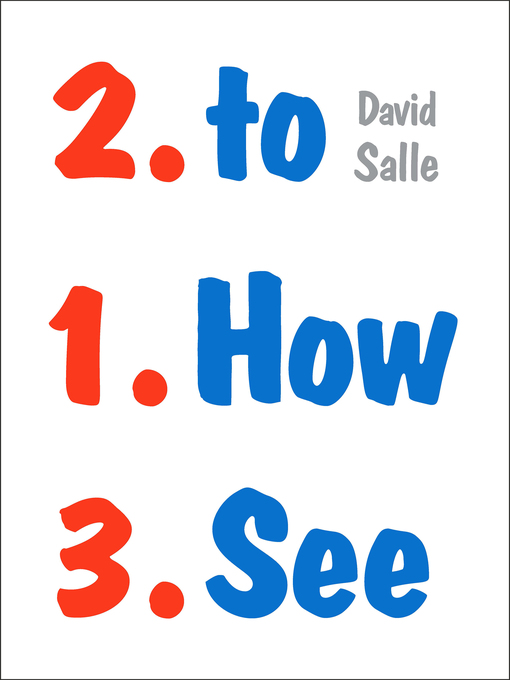"If John Berger's Ways of Seeing is a classic of art criticism, looking at the 'what' of art, then David Salle's How to See is the artist's reply, a brilliant series of reflections on how artists think when they make their work. The 'how' of art has perhaps never been better explored." —Salman Rushdie
How does art work? How does it move us, inform us, challenge us? Internationally renowned painter David Salle's incisive essay collection illuminates these questions by exploring the work of influential twentieth-century artists. Engaging with a wide range of Salle's friends and contemporaries—from painters to conceptual artists such as Jeff Koons, John Baldessari, Roy Lichtenstein, and Alex Katz, among others—How to See explores not only the multilayered personalities of the artists themselves but also the distinctive character of their oeuvres.
Salle writes with humor and verve, replacing the jargon of art theory with precise and evocative descriptions that help the reader develop a personal and intuitive engagement with art. The result: a master class on how to see with an artist's eye.


